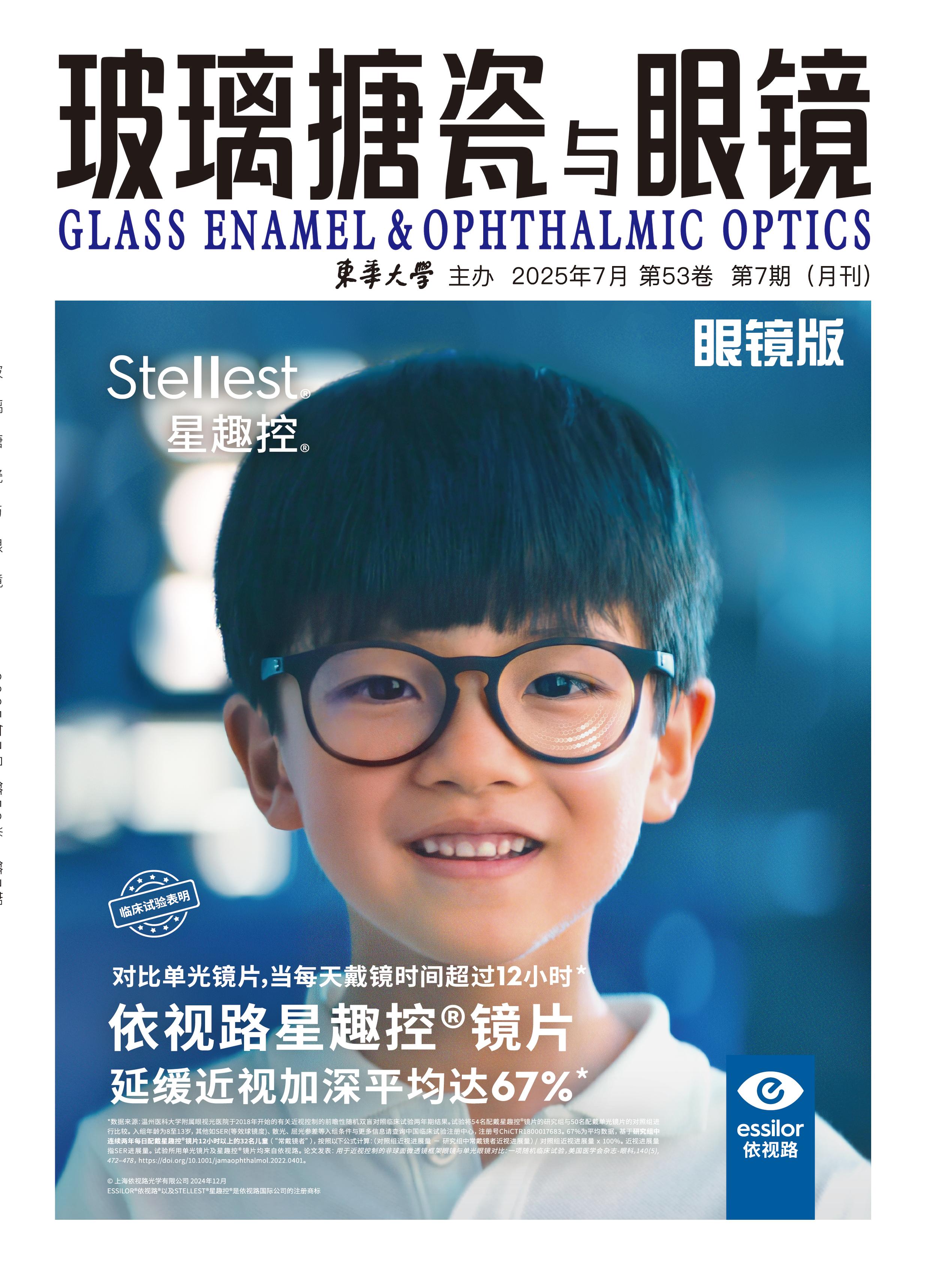
By using waste liquid crystal glass as cullet, a new heat-resistant borosilicate glass SiO2-B2O3- Al2O3-RO-R2O was prepared. The effects of the adding amout of waste liquid crystal glass cullet and the content of Na2O on high temperature viscosity, high temperature resistivity and surface tension of the glass melt were studied. The results show that the increase of the content of waste liquid crystal glass cullet leads to an increase in the ratio of Al2O3/SiO2 and RO/SiO2, which can reduce the high temperature viscosity, and increase the high temperature resistivity and surface tension. The increase of Na2O can significantly reduce the high temperature viscosity, high temperature resistivity and surface tension of the glass melt. The results provide a necessary guidance of production process of heat-resistant borosilicate glass utilizing liquid crystal glass as cullet.
In this paper, the curing method was explored that the arsenic slag, which was associated in the non-ferrous metal smelting process cured by high borosilicate glass matrix, and the content of arsenic in the prepared high borosilicate glass samples were determined by EDS. High borosilicate glass with different amount of arsenic and different phase regions were measured and characterized by acetic acid method and sulfuric acid method,respectively. The results showed that the high borosilicate glass had a good effect on curing arsenic, and the leached amount of arsenic depended greatly on the specific surface area of the glass.
By analyzing the platinum channel material and performance, heating method, control mode, transformer design, etc. of the TFT-LCD glass substrate production line, the method of adjusting the heat flux of the platinum channel quickly was studied. Based on the primary side or the secondary side tap structure, we can select the heating of the platinum channel mode, adjust the output voltage of the transformer through combined taps, and control the temperature of the platinum load accurately, which can meet the needs of different loads. When the transformer was equipped with a gear switch, simple and quick adjustment of voltage output can be got and the output voltage was adjusted randomly and accurately to solve the problem of low electric energy efficiency. So the rapid adjustment of heat flux was achieved and power efficiency was improved.
During determination of the nature gas energy consumption per tonnage of glass liquid melted in the glass furnace, we joint the classical regression analysis in quality statistical technique with Autoregression Conditional Heteroscedasticity model (ARCH) in economics organically, then create the converged dynamic model, which raises the good-of-fitness precision and predictive capability greatly. Thus play a firmly foundation on the scientific management of EnMS. Meantime, the completion of this subproject points the way towards other EnPIs’ establishment, energy consumption monitoring and energy performance continual improvement, and provides a guidance on how to implement EnPIs efficiently. It can also be used as the standardized model on energy management.
A drive system and control method of dross box and lehr used in float glass production process isproposed. By setting redundant controllers and alternate transmission motors, a fault-tolerant drivesystem was constructed. Based on this hardware foundation, a control method based on redundant faulttolerantstrategy was developed. In this method, a three-layer control structure consisting of drive controllayer, redundancy switching layer and speed judgment layer was established, and a redundant faulttolerantcontrol process was designed, ensuring a good match between the transmission speed of dross boxand lehr, realizing automatic and non-disturbance switch of primary and standby transmission by judgingthe fault information. The drive system and control method proposed in this paper can improve therobustness of the drive system of dross box and lehr, ensure the optical properties of the high-end precisionfloat glass, and improve the product quality effectively.
The micromorphology of vertical crack on the enamelware surface was analyzed. According to the analysis, we confirmed the detailed working procedure of this defect generation, as well as its causes and mechanism. Then the improvement and prevention measures were proposed to avoid vertical crack defect.










